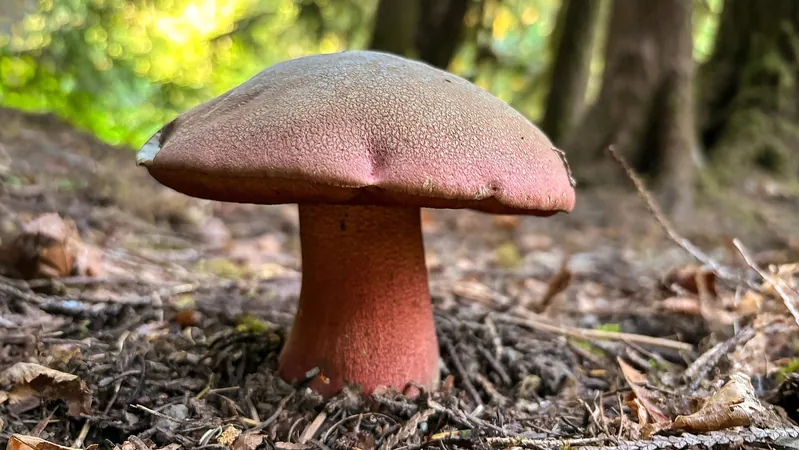
Shattering Myths: Are Plants Really Trading Carbon for Nutrients with Fungi? The Answer May Surprise You!
2024-10-01
Introduction
In a revelation that challenges long-held beliefs in the scientific community, new research indicates that the concept of plants and mycorrhizal fungi trading carbon for nutrients—a theory likened to an economic market—may be fundamentally flawed. Each year, plants transfer a staggering 3.58 gigatons of carbon to their underground fungal partners. To put that into perspective, if this carbon were ice, it could cover 112 million NHL hockey rinks!
Research Overview
However, a team of researchers, including Justine Karst from the University of Alberta, believes that the prevailing market-based theory grossly oversimplifies these crucial ecological interactions. "There's an assumption among many researchers that this exchange is directly tied, regulated like a marketplace," Karst states. "But we found no evidence of such economic trading conditions in nature."
Findings of the Study
This groundbreaking study, published in the prestigious journal *New Phytologist*, argues that the misapplication of economic models limits our understanding of the intricate dynamics between plants and mycorrhizal fungi. These mutualistic relationships are vital for plant growth, nutrient acquisition, and carbon sequestration, yet the reliance on market analogies could blind researchers to other significant mechanisms at play.
Surplus Carbon Hypothesis
Traditionally, resources have been perceived as flowing in a straightforward, reciprocal manner: carbon goes to fungi in exchange for essential nutrients like phosphorus and nitrogen. Nevertheless, this research introduces an alternative perspective known as the "Surplus Carbon" hypothesis. This theory posits that plants often generate more sugars than necessary for their own growth, leading mycorrhizal fungi to absorb this surplus carbon—not as a direct trade, but simply as an excess resource.
Conclusion and Implications
Karst and her colleagues rigorously reviewed a wide array of scientific studies and concluded that there is insufficient empirical evidence to support the idea of a regulated carbon-to-nutrient exchange. Instead, they found that carbon transfer to fungi appears to be driven more by the fungi's capacity to absorb carbon than by the nutrients they provide to plants. "The evidence suggests that it's not the amount of carbon that limits plant growth; rather, it's the availability of nutrients delivered by the fungi," Karst explains.
These findings not only debunk pervasive economic models but also underscore the need for further research into these ecological relationships. Understanding the dynamics of carbon flow between plants and fungi can significantly impact environmental efforts, particularly in enhancing carbon sequestration strategies which are critical in combatting climate change.
The implications of this study are profound. As Karst warns, while economic concepts feel familiar and straightforward, the intricate workings of mycorrhizal relationships are vastly more complex. There is immense untapped potential in recognizing how these partnerships function beyond human economic constructs.
As we venture deeper into ecological research, it's imperative to remain open-minded and ready to explore new and novel ways of understanding these essential interactions. After all, the health of our planet may hinge on it!


 Brasil (PT)
Brasil (PT)
 Canada (EN)
Canada (EN)
 Chile (ES)
Chile (ES)
 España (ES)
España (ES)
 France (FR)
France (FR)
 Hong Kong (EN)
Hong Kong (EN)
 Italia (IT)
Italia (IT)
 日本 (JA)
日本 (JA)
 Magyarország (HU)
Magyarország (HU)
 Norge (NO)
Norge (NO)
 Polska (PL)
Polska (PL)
 Schweiz (DE)
Schweiz (DE)
 Singapore (EN)
Singapore (EN)
 Sverige (SV)
Sverige (SV)
 Suomi (FI)
Suomi (FI)
 Türkiye (TR)
Türkiye (TR)